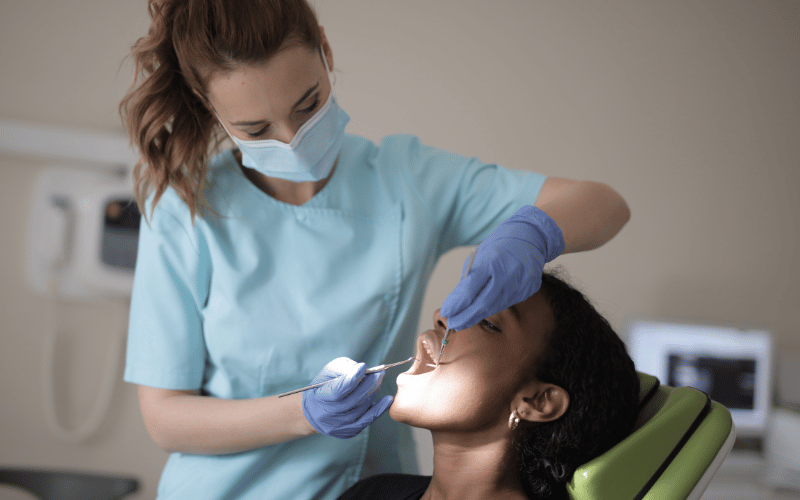Introduction: Exploring Follicular Cysts (Dentigerous Cysts)
Dentigerous cysts, also widely recognized as follicular cysts, stand out as a common condition in dental health, necessitating an in-depth understanding for both medical practitioners and patients. Predominantly found in the jaw area, particularly around the crowns of unerupted teeth, these cysts can pose significant challenges if not addressed promptly.

In this article, we delve into the critical aspects of follicular cysts, aiming to shed light on their characteristics, causes, and impact on oral health.
By providing this information, our goal is to empower individuals with the knowledge they need to make informed decisions about their dental health and encourage proactive care. The complexity of follicular cysts requires a detailed and nuanced discussion, encompassing their origin, development, symptoms, and treatment options. As we navigate these key topics, we are committed to offering a rich, informative, and engaging piece of content that stands out and serves as a reliable resource for anyone looking to understand follicular cysts more thoroughly.
Follicular cysts primarily originate from the dental follicle, a sac surrounding the crown of an unerupted or developing tooth. These cysts are more commonly associated with wisdom teeth and canines and tend to develop during the stages of tooth development. While these cysts can occur at any age, there is a higher incidence in individuals in their twenties and thirties.
The development of a follicular cyst is generally slow, with the cyst gradually increasing in size over time. Often, individuals may not be aware of the cyst’s presence, as it may not cause any noticeable symptoms. This highlights the importance of regular dental check-ups for early detection and management of follicular cysts.
1. Painless Swelling in the Jaw Area: A Silent Indicator

When it comes to identifying follicular cysts, one of the primary signs is a painless swelling in the jaw area. This swelling is often subtle and can go unnoticed for an extended period.
The cysts grow slowly, and as they expand, they can displace the surrounding tissues, leading to a noticeable bulge. It’s crucial to pay attention to any changes in the jaw’s shape or size, as early detection plays a vital role in effective treatment.
In many instances, this swelling does not cause any discomfort, leading individuals to overlook this potential red flag. The cyst’s slow growth allows it to blend in with the normal fluctuations of the body, making it a deceptive indicator of the underlying issue. Regular dental check-ups are essential, as dentists can spot these changes early on, even when the patient may not have noticed anything unusual.
Despite its painless nature, the swelling associated with follicular cysts should not be taken lightly. If left unchecked, the cyst can continue to grow, leading to more significant deformities and potential complications. It’s a silent call for attention, a nudge from the body indicating that something is amiss and warrants a closer look.
Addressing this swelling promptly can lead to more straightforward and less invasive treatment options. It highlights the body’s remarkable way of signaling issues, even when they are not immediately apparent. Recognizing this subtle sign can be the first step towards addressing follicular cysts and ensuring optimal oral health. (1)